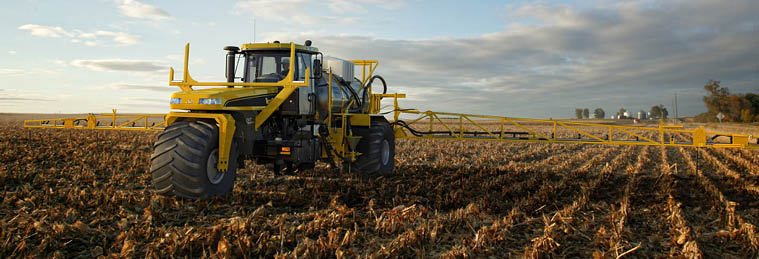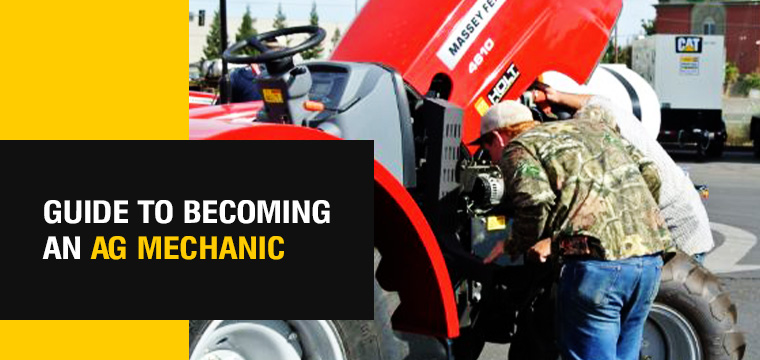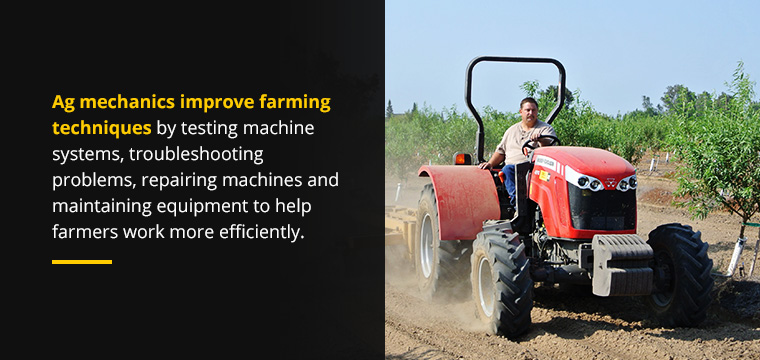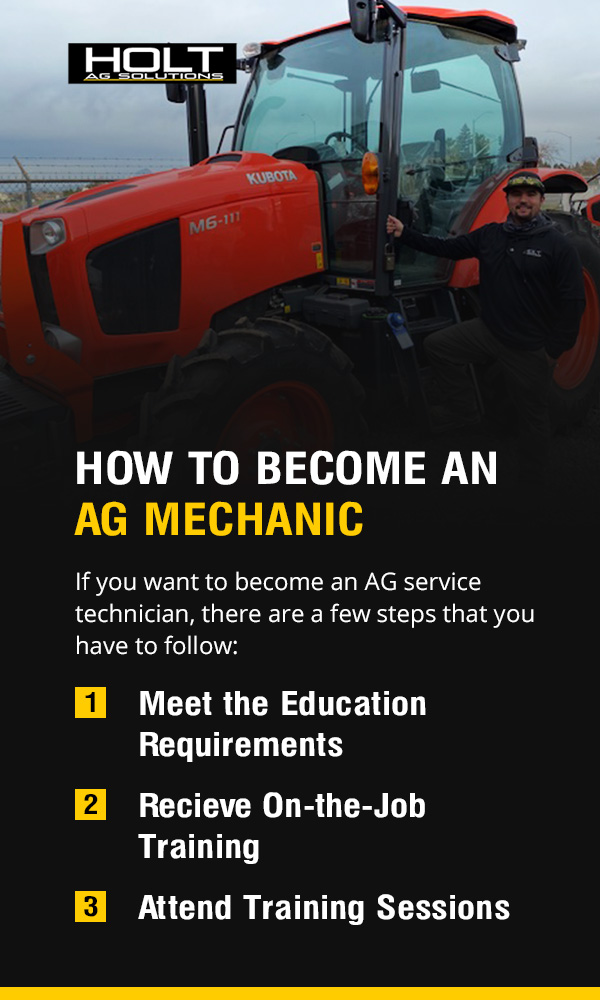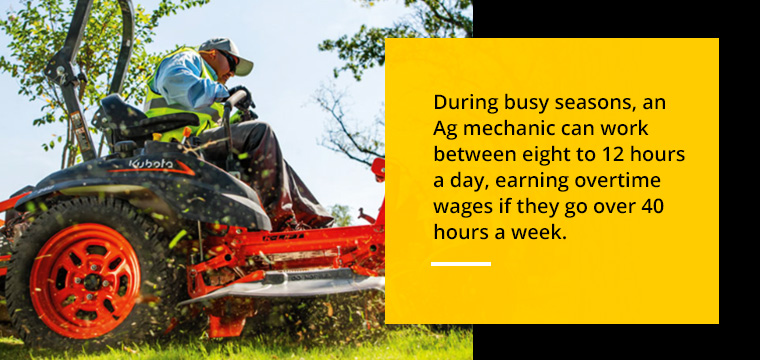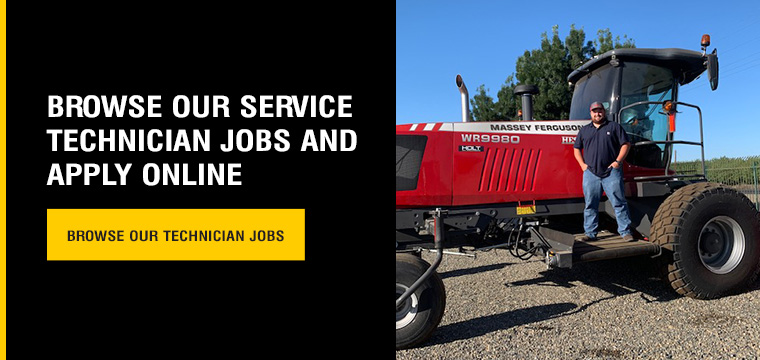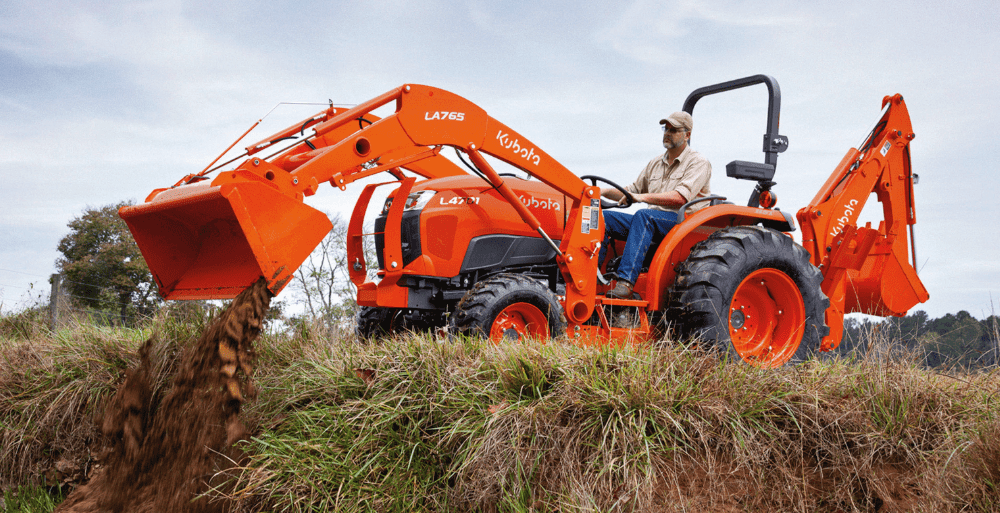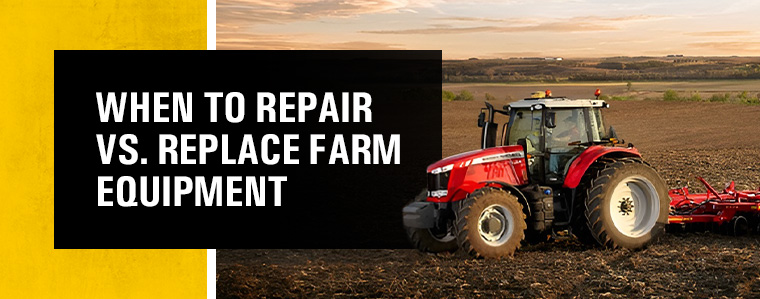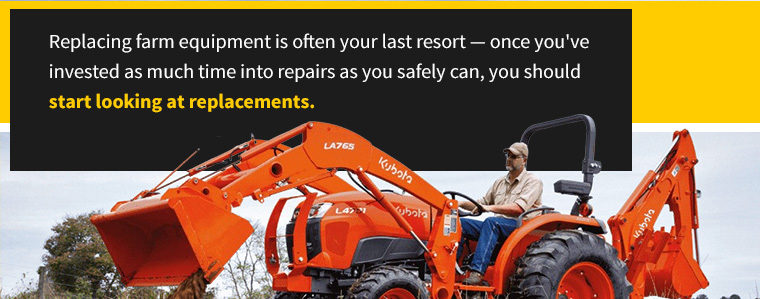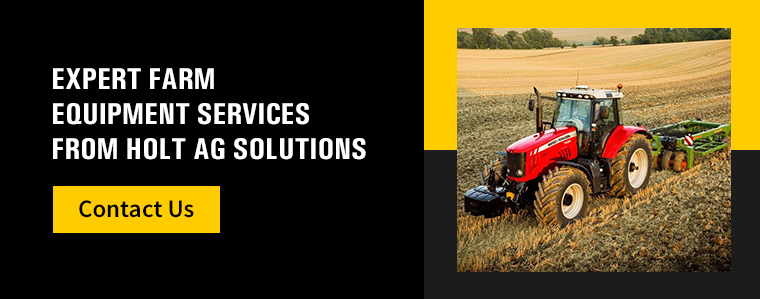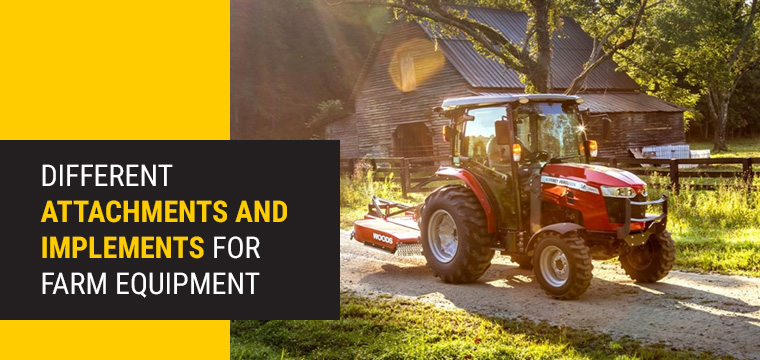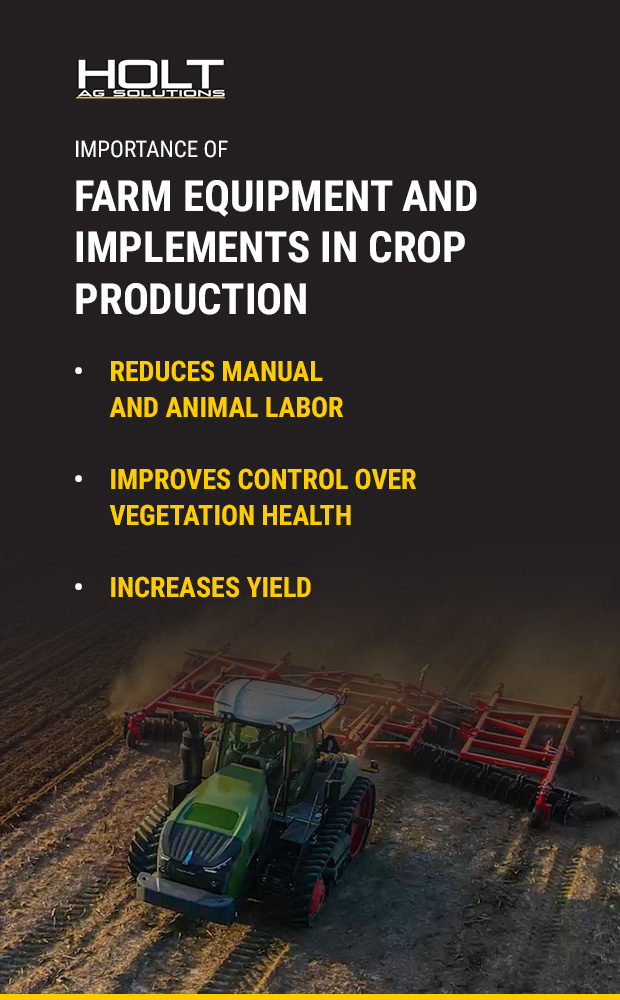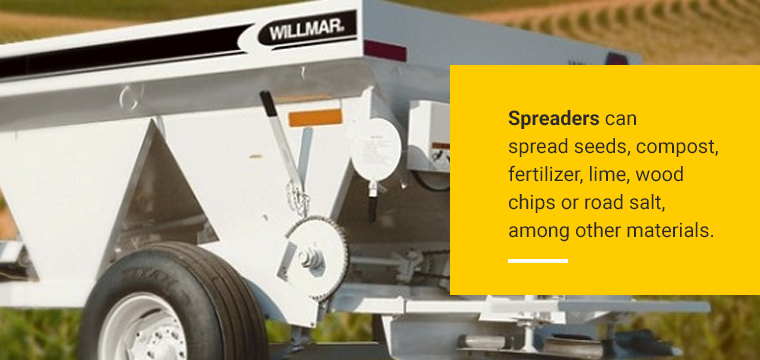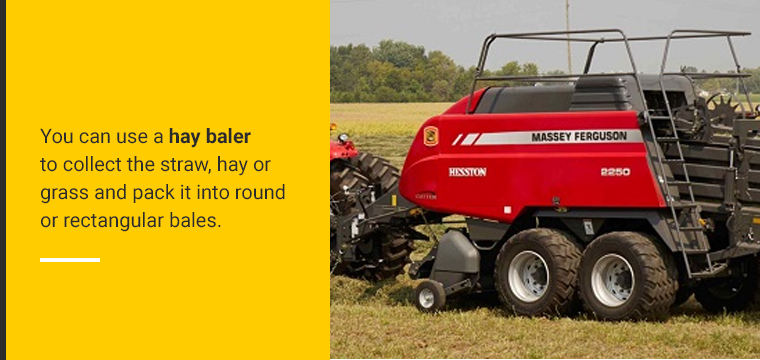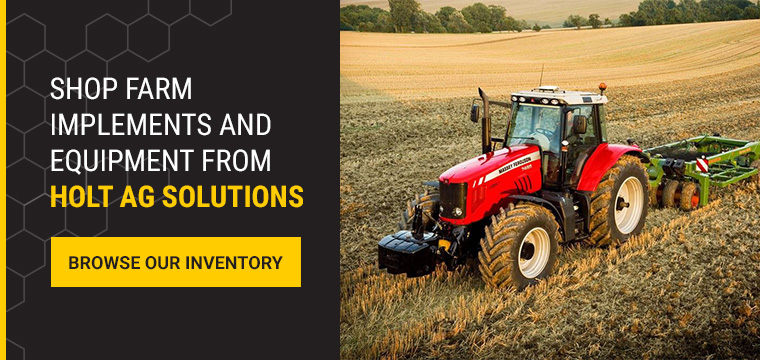Common Causes of Farm Equipment Breakdown
Common Causes of Farm Equipment Breakdown
As a farmer, you know how crucial your machinery is for producing crops and turning a profit. How can you avoid costly machinery breakdowns and stay operational and profitable? Knowing what can cause equipment breakdown is one way to address and prevent them.
10 Common Causes of Farm Equipment Breakdowns
Farm equipment breakdowns can significantly impact farmers. They can delay crop production, lead to unplanned expenses and affect profits. These machines can be costly, and you can lose your investment if they stop working prematurely. Additionally, some breakdowns can require replacing equipment, leading to unsuspected costs.
To avoid unfavorable impacts, knowing what can cause agriculture equipment breakdowns and how to prevent them is important.
1. Ignoring Manufacturer Instructions
Manufacturer manuals and instructions are there to help you use your machinery accurately. These guides can also contain troubleshooting and calibration instructions, warnings, best practices and maintenance checklists.
Whether you're new or experienced with using agricultural equipment, following the operator's manual is essential. These instructions can guide you on properly using your equipment and preventing faults or damages. It can also provide tips and methods for fixing or troubleshooting minor issues, helping you prevent downtime and extensive repairs.
2. Neglecting Maintenance
Without frequent maintenance, your equipment can wear quickly, especially when you use it daily. Components like the engine, transmission, fuel filters and exhaust are vital parts of machinery, and neglecting them can lead to breakdowns or permanent damage. Improper maintenance is another factor that can contribute to breakdowns. For example, using unsuitable or incompatible fuel in your engine can strain and damage it.
3. Electrical Issues
Several factors can impact the wires and connections in electronic agricultural equipment. Debris and dust can build up on the electric casing malfunction. Moisture from rain can seep into your equipment's electrical components, causing damage and breakdown. While it can be challenging to avoid these scenarios, there are ways to minimize the risk. Checking your electrics and removing dust, debris and moisture can reduce the occurrence of electrical faults.
4. Overexerting Machines
While farming equipment can be durable and robust, they can have limitations. Pushing machines past their engineering capabilities strains your equipment components. For example, operating your tractor on unstable terrain and ground like slopes, ditches and embankments can dull your blades.
Using your equipment for tasks other than what they were designed for can also cause damage. Machines that operate daily can require more services and maintenance. You can overexert your equipment without suitable care, leading to poor functionality or component failures.
5. Not Replacing Worn Components
Choosing not to replace worn parts can lead to significant issues and breakdowns. As you operate your machine, components gradually wear and when they reach their life span, they can become ineffective. That's why replacing parts before they stop working is essential. When you neglect these minor components, they can impact the functioning of your equipment, leading to more extensive damage.
Your equipment supplier will provide you with your machinery service records. These records detail previous maintenance, work and when to schedule your next service. These services are great opportunities for experts to inspect your equipment and identify and change wrong parts, helping you prevent later problems.
6. Misaligned Tighteners
Tightners are essential components on belt or chain drives. They keep equipment belt and chain drives aligned, secure and functional. Tighteners can become unaligned, reducing tensions on the belt drive. Without suitable belt pressure and alignment, the belt or chain can lose tension, causing significant damage to other components like the engine.
7. Improper Storage
Poor storage can lead to equipment wear and damage. When you use equipment like combines and planters, sand and grass might get caught in various components and build up over time. Your equipment can also collect dust when idle. This debris attracts rodents, which can eventually get into various equipment components and chew on your wires and seals.
8. Ignoring Warnings
When parts become worn or your equipment has an issue, you'll often get warning signs like high engine temperature and low hydraulic pressure. These signals can indicate that your equipment needs maintenance or repairs and should be addressed. Ignoring these notifications means these issues might worsen and affect other components, leading to extensive damage and breakdowns.
9. Environmental Factors
Your weather and terrain can affect your equipment's functionality. If you use your tractors on wet ground, mud can get caught between the wheels, build up and harden on the sidewalls. Dense materials can also get stuck in your combine when operating on rough or wet terrains and damage the parts. Knowing how to identify different weather-related conditions can help you address these issues as soon as you notice them.
10. Inexperienced Operators
Operators might have little experience and training in using various machinery and improperly operating equipment. Unsuitable operations can lead to equipment damage and breakdowns.
How to Prevent Farming Equipment Breakdowns
Here are some ways to prevent farm equipment breakdowns:
Preventative Maintenance
Proper and frequent maintenance is crucial for keeping your equipment in excellent condition. It can also extend your machinery life span, limiting substantial repairs and costly replacements. You should prioritize checking, maintaining and replacing worn parts like gearboxes, fuel filter chains and belts to prevent breakdowns and permanent damage.
Another component to inspect and replace is the shells on gravity wagons, which can lose tension and become unaligned. Check the alignment and tightness of these parts often before operating your wagon.
Appropriate Usage and Storage
Using machines solely for their intended use and following your manufacturer's instructions is vital for preserving your equipment. One way to do this is by operating your equipment below its maximum performance to prevent straining or putting excessive pressure on your machinery and parts.
Properly storing your equipment indoors and cleaning your electrical connections are also the best ways to reduce wear and damage. You can use compressed air to remove dirt in and around electrical wires before storing your equipment indoors.
Regular Inspections
Conducting thorough and frequent equipment inspections can help you identify and repair wrong and damaged parts before they cause a breakdown. For example, combinations can have significant wear, which might be challenging to locate. However, during frequent services, experts can identify and diagnose this wear and offer accurate solutions like repairs or replacements.
Preseason checks can also be more convenient and save you time and money in the long run. Experts will test your equipment to identify warning signals and issues. These checks can help predict if your equipment will have any problem or breakdown before your crop production season so you can take appropriate steps to minimize and prevent this risk.
Trained Operators
While you might outsource your operators, you can provide accurate training before they start using your machines. Investing in training can ensure your operation has the knowledge and skills to use your equipment properly and prevent errors and damage.
Trust Holt Ag Solutions for Expert Farm Equipment Services
Equipment breakdown delays can cost you time, money and, in severe cases, your crop. At Holt Ag, we understand the importance of functional and effacement equipment to stay profitable. We can offer expert advice and solutions if you need agriculture equipment, inspections, repairs or replacement.
Our experts are trained and knowledgeable in various equipment types and can provide accurate and high-quality services. We offer in-shop repair services and convenient field services. Fill out an online form for a service quote or contact us to learn more.


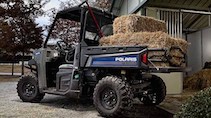 Farm Tax Exemption Form
Farm Tax Exemption Form
